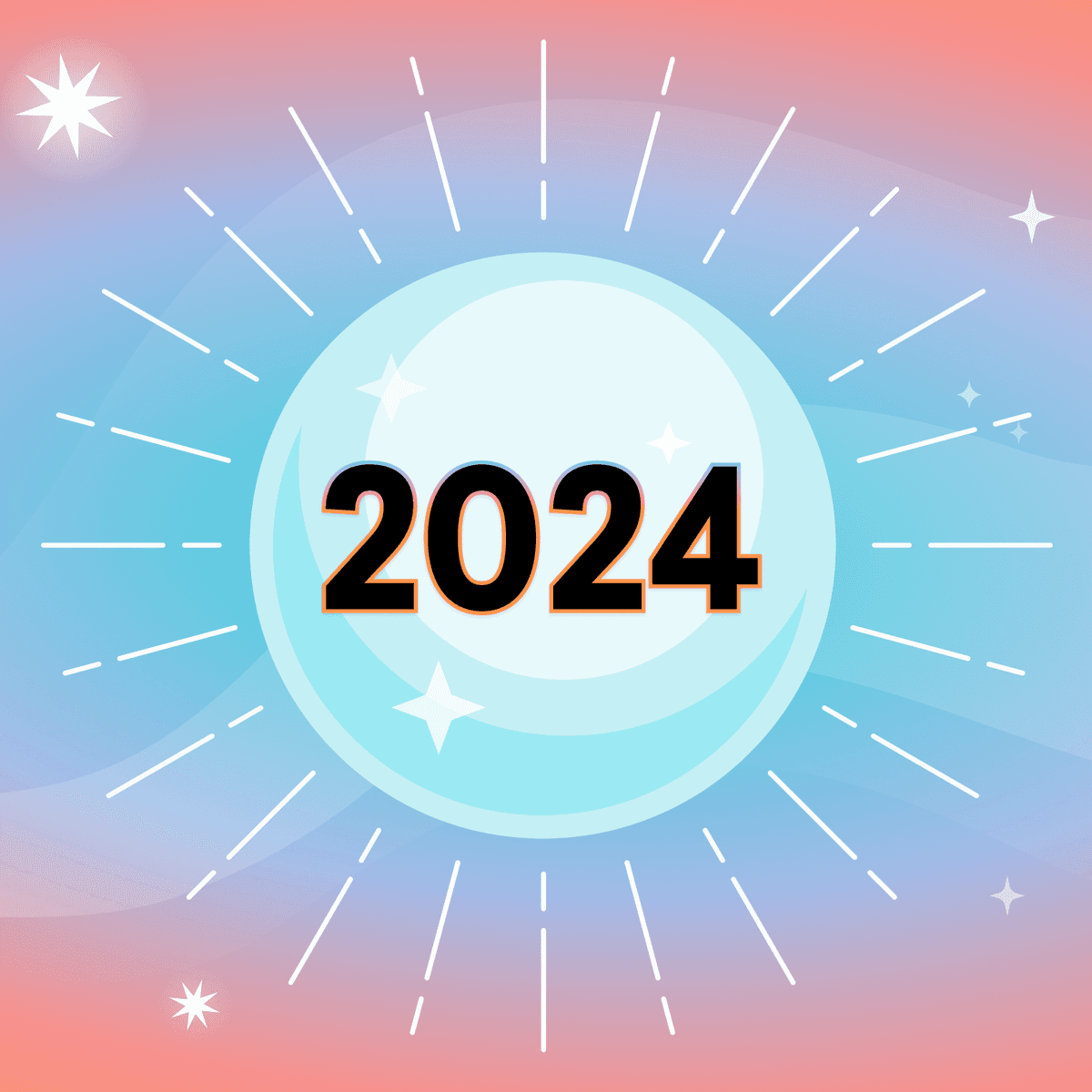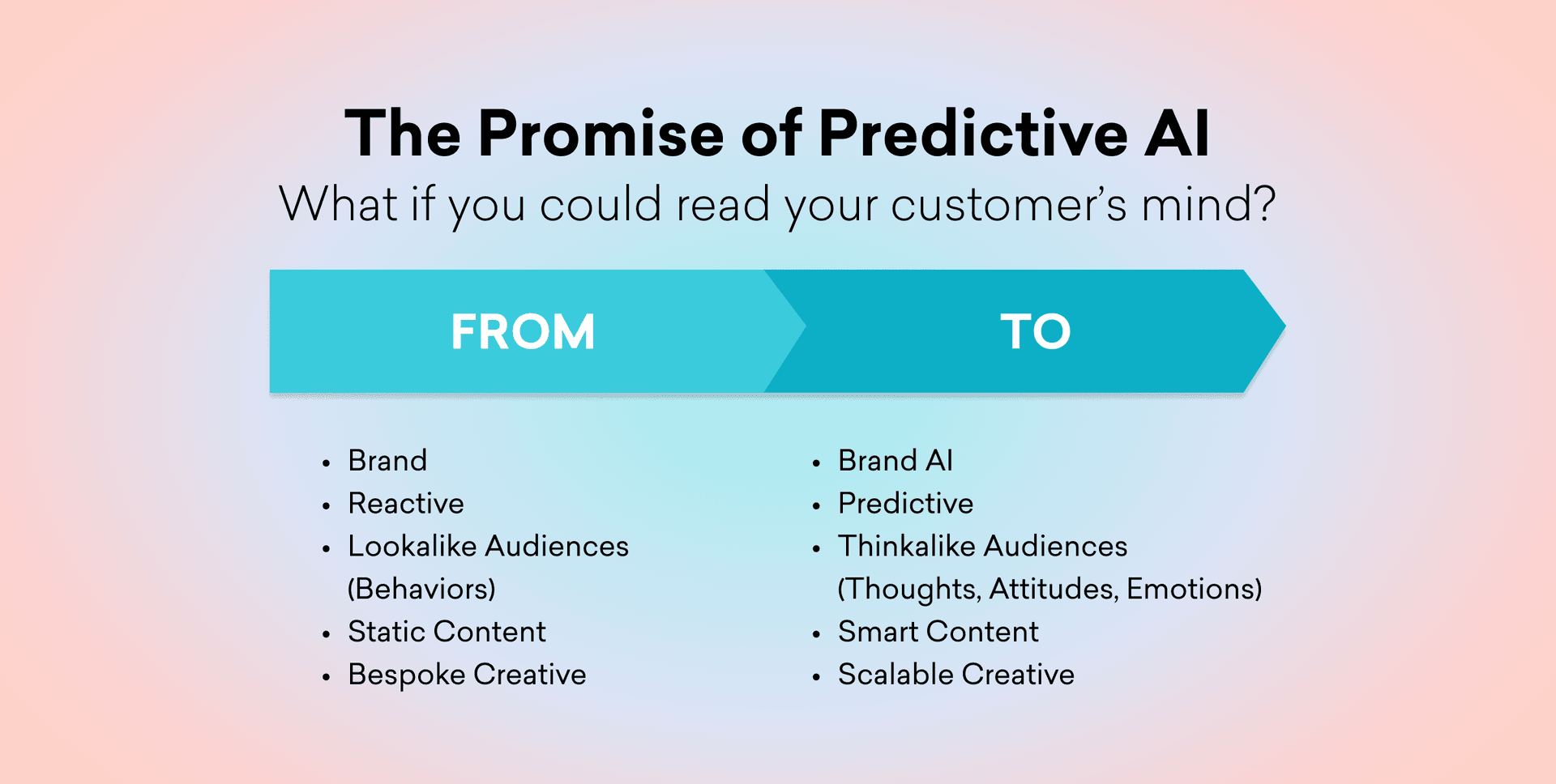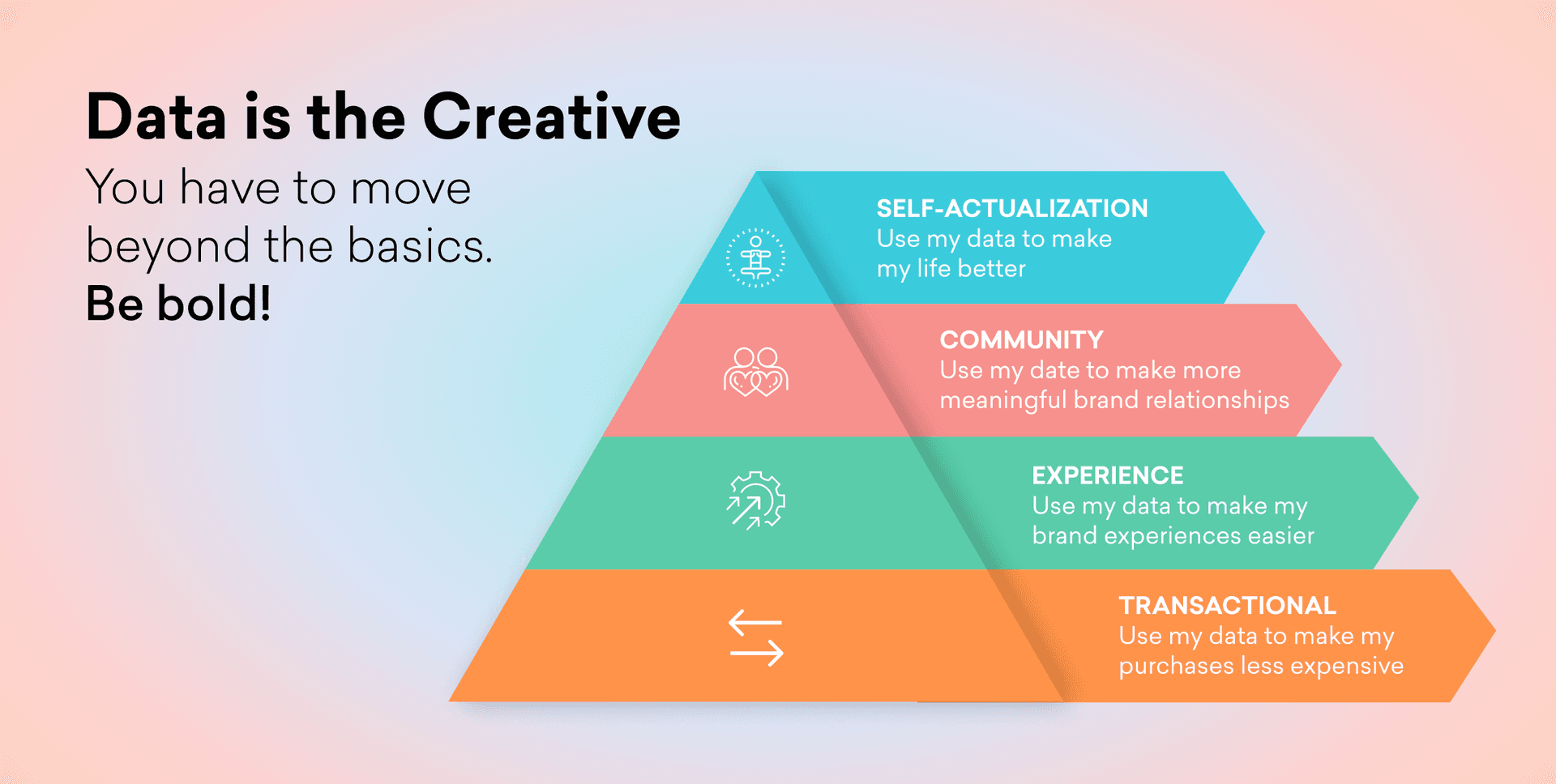2024 Marketing Predictions and Insights
Published on January 04, 2024/Last edited on January 04, 2024/8 min read


Mary Kearl
WriterMarketers are no strangers to change. Disruption and innovation are par for the course, and 2024 will be no different.
To shed light on the shifts that are expected, help marketers embrace 2024 with confidence, hit the ground running, and gain a competitive edge, we tapped some of the top minds in the industry to find out the biggest trends brands need to know about.
Dennis DeGregor, Vice President and Chief Data Officer at Ogilvy/Verticurl, and Sharon Panelo, Senior Director, Strategic Consulting at Braze, offered their perspectives on the rapidly evolving landscape and the steps brands need to take to adapt.
Watch our on-demand webinar: 2024 Marketing Predictions and Insights for their complete list of predictions for the months ahead and keep reading to find out the key takeaways from their presentation.
The Top 9 2024 Marketing Predictions and Insights You Need to Know About
Experts predict another period of massive transformation. Marketers should prepare for seismic shifts in how brands reach, engage, and forge relationships with customers. Businesses that are agile and ready to adapt can expect to reap the benefits of evolving, including being able to harness data to make customers’ lives better, fuel brand creativity and growth, and empower customers to achieve their highest aspirations.
1. 2024 will be a breakthrough year for AI
While pioneering marketing leaders have been investing in innovative technologies powered by AI for years to automate repetitive tasks and enable team members to focus on more strategic initiatives, 2024 is going to be a breakthrough year for AI. Over the coming months, top brands will push the bounds of customer engagement performance and results by leaning into innovative use cases of predictive AI and generative AI, according to Sharon Panelo.
2. Dynamic, real-time data is the new segmentation
One area in which experts predict AI will evolve and empower marketers to adapt their strategy to drive stronger results is predictive AI and segmentation. In the past, marketers had to create pre-defined, set segments and use static, pre-packaged content to engage these fixed audiences. These types of generic, canned segments and these kinds of pre-baked content will soon be relics of the past, said Dennis DeGregor.
This year, by collecting and acting upon the right zero-party and first-party data and leveraging predictive AI, brands will be able to leverage dynamic segmentation to uncover thousands of segments and fine-tune their marketing approach, outreach, and creative for these audiences in the moment.
3. Advanced technologies will enable brands to “read” consumers’ minds

If you could read your customers’ minds, how would you market to them differently? With greater precision and impact. Thanks to emerging advanced technologies, being able to read consumers’ minds is becoming more of a reality.
“I don’t like to refer to this as the future because this is upon us—this is happening now,” said Dennis. “Meta and the University of Texas at Austin have developed what they call a cognitive sensory methodology and this has huge implications for marketing because we can actually now, in this lab environment, through eye sensors or through earbud sensors, we can actually see what you’re seeing when these sensors read your eyes or read your blood pressure readings. We can determine what you’re feeling. And most of all, and the most interesting part of all of this, is we can see what you’re imagining and convert that into generative AI content. This is the breakthrough.”
To bring this out of the lab and into enterprise production at scale, brands need to shift from being reactive to predictive.
“We have to stop looking through the rearview mirror of the car, in terms of what people bought, what channel they bought them from, how much they bought, and look through the windshield of the car using generative AI to literally predict the future,” explained Dennis.
4. Instead of creating “lookalike audiences,” brands will be able to build “thinkalike audiences”
“This is a seismic shift,” said Dennis. Instead of relying on proxies, in the new era of AI brands will be able to determine not just what’s happening, but the why behind the behavior—for instance, why consumers favor a given brand—and use this to identify audiences that think like your best customers.
5. Real-time data is also the new creative—static content is out, and smart content is in
Brands will move away from developing pre-packaged, canned content and instead produce scalable, in-the-moment content—creating timely, personalized text-based messages, videos, and images—in response to what’s happening during a customer’s current session. By learning about and engaging with consumers and creating tailored interactions, brands will be able to boost personalization, increase conversion rates, and reduce cart abandonment.
6. Savvy brands will harness generative AI to accelerate creativity and innovation
As one example of this, a global beauty brand is using AI to add more capacity and creativity to their teams to increase efficiency, effectiveness, and innovation. The brand has turned to hosting AI hackathons as a way to generate new ideas in a short period of time, ideas that then get prioritized and actioned based on ease of use and financial impact.
Ongoing campaigns can be supplemented and optimized in a variety of ways thanks to the power of generative AI, said Sharon. For example, AI text generators and AI image generators can be used to produce creative variants and AI can be used to predict winning variants, score content, and provide qualitative feedback that helps run tests.
7. Brands will use customer data to strengthen relationships and make consumers’ lives better

If we view Maslow’s hierarchy of needs through the lens of data and the customer experience, most brands are at the very foundational level, the transactional phase where companies use customer data to offer discounts and special offers and increase customer loyalty, said Sharon.
“But as we go up the scale, brands are much more than their products and their transactions, of course. People want you to use data to make their brand experience better,” she explained.
In 2024, advanced brands will use the data they have more creatively to connect customers, create a sense of belonging, drive self-actualization, fulfill meaningful brand promises, and enable consumers to achieve their highest aspirations, she added.
“Brands have a lot more room to flex with their data, especially as brand building has evolved and become way more than just the product transaction,” said Sharon.
8. Companies will optimize the use of human intelligence alongside artificial intelligence
Organizations that succeed in 2024 will understand what AI handles well (high-volume, routine, and rote tasks) and what human marketers do best (driving innovation) and pair these strengths.
For example, AI technologies could be used to detect when consumers are indicating intent to abandon a transaction and these signals could then be utilized to trigger real-time human intervention.
“AI engines will be increasingly smart in terms of when to hand off the interaction to a human because the machine can no longer carry the weight of the interaction,” explained Dennis. “So this is a huge theme for 2024, and doing this at scale will differentiate the brands of the future.”
9. Brands will drive growth through new remixes
Ana Andjelic, Chief Brand Officer at Esprit, has written about a new growth framework she refers to as the “DJ model of growth,” in which brands are reframed or reimagined in a “new context” to increase “relevancy and revenue.”
In 2024, fandoms will be a force, and this approach will take off, Sharon predicted.
“Every brand now operates in this multiverse where consumers have all these different choices. Loyalty is all over the place,” she explained. “And so the way to get relevance is often a remix or a collab. And what this does on a brand level, is it frames what your brand means for different customers. It gives you a new context. It can refresh who you are and what you mean to these new audiences. And of course, it uses different collaborations and collaborators to increase revenue and to increase relevancy.”
The call to action for marketers is to think of complimentary audiences and markets to forge new collaborations with. “The less overlap there is, the larger the acquisition opportunity,” she added.
Get Our Complete 2024 Marketing Predictions and Insights
Want to know what else we expect to unfold in the marketing landscape in 2024? Check out our complete 2024 Marketing Predictions and Insights webinar recording, available on demand. Don't have time to watch the webinar? Skim our experts’ slide deck here.
Related Tags
Be Absolutely Engaging.™
Sign up for regular updates from Braze.
Related Content
View the Blog
A day in the life of a data scientist on the BrazeAIᵀᴹ forward-deployed engineering team

McKay Jensen

The new inbox reality: How iOS changes are reshaping email marketing

Aparna Prasad

Experience optimization: Turning data insights into better journeys
